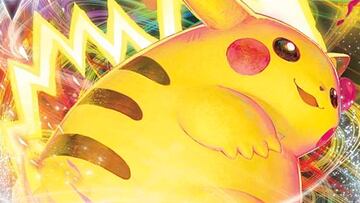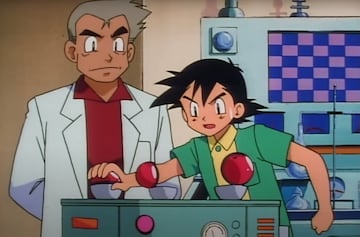Pokémon
Pokémon and the research that revealed its connection to an area of players' brains.
The mythical Nintendo franchise and the surprising human brain response of the franchise’s most classic players.

Pokémon and its impact on our society is undeniable, a phenomenon that has transcended its own medium and become a religion for millions of people. Its impact is undeniable, and there are countless areas in which it is present, which is why world-renowned universities such as Stanford University have decided to conduct research on Pokémon and the relationship it may have with an area of our brain.
According to Stanford University, most classic Pokémon fans have dedicated a specific part of their brains to remembering the names of the creatures in the game. It seems surreal, but it is real, and this group of researchers has discovered the connection between the game and our brains, publishing a report about it in the scientific journal Nature. This report shows the experiment that was conducted at the university with Pokémon, comparing the brains of people who played a lot of Pokémon in their childhood with other people who did not. Specifically, they looked for people who played the game between 1995 and 1998, when it all started, and the experiment consisted of showing them pictures of the first generation of Pokémon.

The Pokémon Phenomenon
A remarkable study and experiment in which patients who had played many of the early Pokémon games reacted differently to the images; a specific part of the brain of these players lit up constantly, while this did not occur in those who had not played. When exposed to the images, a specific part of the brain of these players lit up constantly, while this event did not occur in those who had not played. Why does the brain do this? The researchers aren’t entirely sure, but it could be due to the age of the players when they started playing: “Because Pokémon are very small and viewed with our central vision most of the time, they occupy a small portion in the central retina when we’re looking at them,” notes Princeton researcher Jesse Gomez. “Faces are a bit bigger, so they occupy a slightly larger portion of the central retina. Scenes, as we navigate through them, are very large and extend all the way into our peripheral vision. These findings suggest that our brain is capable of developing more specialized brain regions for recognizing objects than we previously thought.”
If you were able to enjoy the Pokémon phenomenon in the ‘90s, remember that every time you see one of the originals, a part of your brain probably lights up. Pure nostalgia.


